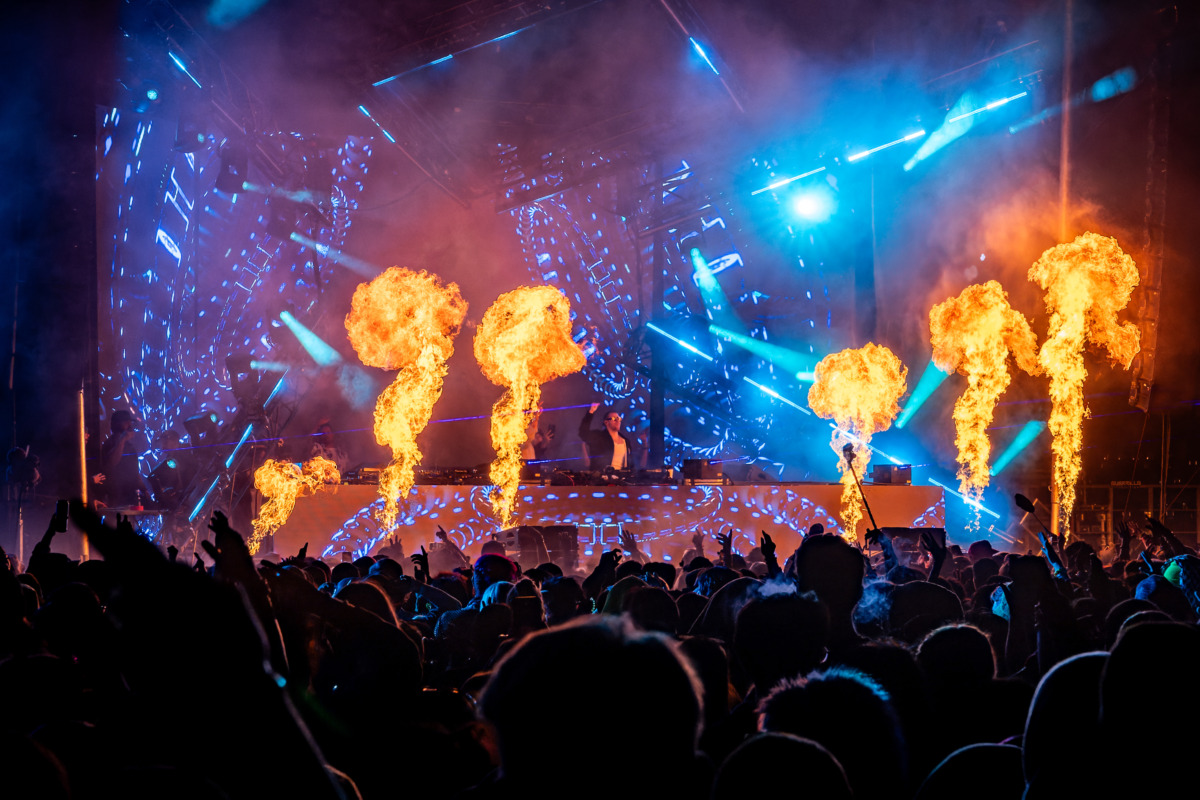For fans of Platinum End, it is easy to see the story's foundations are rooted in religious symbolism and narratives. The angels that the god candidates are selected by and have interacted with throughout the series are no exception; both their appearance and ranking system are very similar to those found in Christian theology.
However, it is interesting to note that the Platinum End manga’s creators, Tsugumi Ohba and Takeshi Obata, could have taken multiple approaches to designing the angels seen in the anime. Since there are nine types of angels contained within Christian angelology -- each with unique roles and appearances -- it might seem strange that these mangaka, who trend toward the unconventional, have made their angels look so ordinary.
In Platinum End, viewers are told that angels are God's servants, sent from the celestial realm to retrieve the souls of humans who have passed away. The 13 angels who select the God candidates are placed within a ranking system which is separated into three different tiers. These include special-rank, first-rank and second-rank, where each determines the power of the angel and the abilities they are able to pass onto their chosen candidate (wings, red arrows and white arrows).
These are similar to the angelic hierarchy that was established by Dionysius in the book On the Celestial Hierarchy, which was created in the 5th to 6th century. Three orders are described within this work, with each containing three forms of angel. Angels within the first sphere act as the heavenly servants of God, those in the second govern spirits and the creation of matter, while celestial beings in the third function as guides, protectors and messengers to mankind.
Platinum End exclusively portrays angels that fall within the third category of the celestial hierarchy and are considered the lowest order of angels within the Bible. These beings are the most recognizable and are commonly seen within a variety of different media, from classical artworks to modern-day films. Since they are the most concerned with matters related to living things, they are more similar to humans than other angelic beings.
It is therefore not surprising that Ohba and Obata decided to use the more conventional and faithful style when it came to designing the angels for Platinum End. As the 13 angels’ purpose within the story is to act as conduits between heaven and earth, it would have gone against Christian traditions to present them in any other way. However, it certainly would have been interesting if the creators decided to take their inspiration from these other types of angels within the celestial order.
Seraphim: The Caretaker Angels of God's Throne
Seraphim, which translates to “burning ones”, are the highest angelic class and serve as the caretakers of God’s throne. Consequently, they are the closest among all angels to God and are devoted to praising and assisting him in maintaining perfect order. In Isaiah 6:1-3, seraphs are described as having six wings: two cover their face, two cover their feet and the remaining ones are used to fly. They are said to continuously chant praises to God by calling out to one another with the words, "Holy, holy, holy is the LORD Almighty; the whole earth is full of his glory”.
Ophanim: The "Wheel Within a Wheel"
Ophanim are another strange celestial creature outlined in the Bible. Ezekiel describes these beings as a “wheel intersecting a wheel” that moves in all directions and whose rims are full of eyes. Contained within these structures sits an angelic being whose movements are tied to those of the wheel. Traditionally, these beings are said to be the actual wheels of God’s chariot, which he rides in when visiting those on earth.
Cherubim: A Different Take on the Classic Cupid
Unlike the typical cupid-type character most associate this angel with, Cherubim are actually not as cute as they may seem. Instead, they are creatures with four faces (a lion, ox, human and eagle) and two wings, whose usual purpose is to guard the entrance of the Garden of Eden.
These are just a few examples of how bizarre angels can be in their appearance. Rather than the typical humanoid forms that people commonly associate them with -- or those seen in titles like Platinum End -- many could easily be mistaken as coming from an H.P. Lovecraft novel. It’s a shame that most artists and writers have not taken the opportunity to use these figures in their work as their appearance, characteristics and the roles they occupy offer audiences a new interpretation of angels that are hardly seen in popular media.
About The Author

